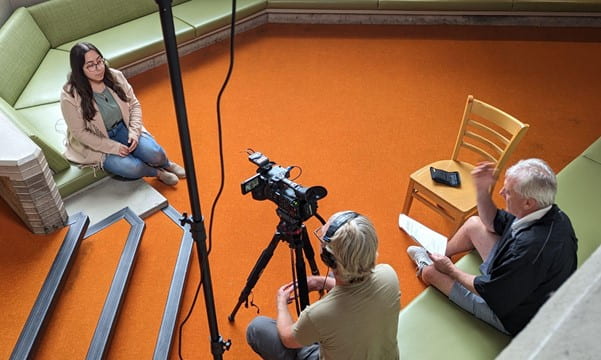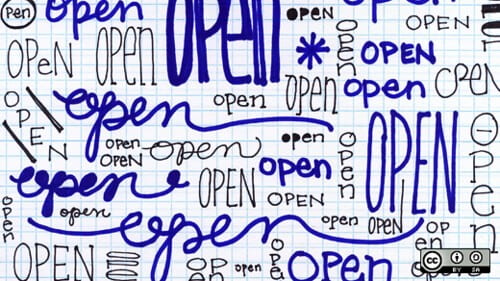International Open Access Week (October 23-29, 2023) is a time to recognize Open Access (OA), and to inspire scholars to engage in this publishing model in scholarship and research. OA means information that is available digitally without cost or access barriers. Today on the blog, we highlight two OA journals with UMass Dartmouth roots:
Journal of Feminist Scholarship
The Journal of Feminist Scholarship is an Open Access journal that was founded by UMD faculty members, Catherine Villanueva Gardner, Anna M. Klobucka, and Jeannette E. Riley, in 2011. Anupama Arora, PhD, Professor of English & Communication, and Women’s and Gender Studies, currently serves as co-Executive Editor with Jeannette E. Riley of University of Rhode Island. A few other UMD faculty are currently listed as co-editors.
The Journal of Feminist Scholarship is a peer-reviewed journal that publishes twice a year on topics that encourage a discussion of feminist thought for the twenty-first century. In addition to its regular issues, it publishes an interview series with important national and international feminist artists, practitioners, or scholars of color who have reshaped their fields. JFS has become highly regarded with frequent submissions, downloads, and citations in national and international fora. The journal is a great resource for researching feminist scholarship across the disciplines, and is licensed under a Creative Commons Attribution-NonCommercial-NoDerivatives 4.0 International License which means that researchers are free to read, download, copy, distribute, print, search, or link to the full texts of the articles. The journal published a feminist criticism of paywall publishing.
Portuguese Literary & Cultural Studies
Portuguese Literary & Cultural Studies (PLCS) is an interdisciplinary, peer-reviewed hybrid (online and print) journal that publishes original research about the literatures and cultures of the Portuguese-speaking world from a broad range of academic, critical and theoretical approaches. Mario Pereira and Anna M. Klobucka currently serve as co-editors. PLCS is published semi-annually by Tagus Press in the Center for Portuguese Studies and Culture at the University of Massachusetts Dartmouth. Tagus Press is the publishing division of the UMD Center for Portuguese Studies and Culture, an outreach unit committed to the study of the language, literatures and cultures of the Portuguese-speaking world. With the help of the Claire T. Carney Library, the journal is available publicly through Open Journal Systems (OJS) which aims to facilitate open access, peer-reviewed publishing. OJS is open source and enables the publication of articles and issues online and indexed in global services like Google Scholar, Crossref, and many others.
Are you interested in locating more OA Journals? Take a look at the Directory of Open Access Journals (DOAJ).








